Czedekowski, General Patton, 1945
General George S. Patton was born in this day in 1885.
HEADQUARTERS
THIRD UNITED STATES ARMY
APO 9563
U. S. Army
6 March 1944
SUBJECT: Letter of Instruction No. 1
TO: Corps, Division, and Separate Unit Commanders.
1. GENERAL
This letter will orient you, officers of the higher
echelons, in the principles of command, combat procedure, and administration
which obtain in this Army, and will guide you in the conduct of your several
commands.
2. COMMAND
a. Leadership
(1) Full Duty.
Each, in his appropriate sphere, will lead in person. Any
commander who fails to obtain his objective, and who is not dead or severely
wounded, has not done his full duty.
(2). Visits to the front.
The Commanding General or his Chief of Staff (never both at
once) and one member of each of the general staff sections, the signal,
medical, ordnance, engineer, and quartermaster sections should visit the front
daily. To save duplication, the chief of staff will designate the sector each
is to visit.
The function of these staff officers is to observe, not to
meddle. In addition to their own specialty, they must observe and report
anything of military importance. Remember, too, that your primary mission as a
leader is to see with your own eyes and to be seen by the troops while engaged
in personal reconnaissance.
b. Execution
In carrying out a mission, the promulgation of the order
represents not over 10 percent of your responsibility. The remaining 90 percent
consists of assuring, by means of personal supervision on the ground, by
yourself and your staff, proper and vigorous execution.
c. Staff Conferences
Daily, at the earliest possible moment that the G-2 and G-3
can get their maps posted, a staff conference will be held, attended by the
Commanding General, the Chief of Staff, and the heads of all general staff
sections, the Surgeon, the Signal Officer, the Ordnance Officer, the Engineer
Officer, and the other special staff heads when called on. Also present at this
conference will be the staff officers described in paragraph 2a(2) above, who
visited the front on the previous day. Any person present with a statement to
make will do so briefly (n.b. if a staff inspector saw anything during his
visit to the front requiring immediate action he would have reported the fact
to the Chief of Staff immediately on his return). The Commanding General then
gives his intentions and the Chief of Staff allocates the sectors for the day's
staff inspectors.
d. Rest Periods
Staff personnel, commissioned and enlisted, who do not rest,
do not last. All sections must run a duty roster and enforce compliance. The
intensity of staff operations during battle is periodic. At the Army and Corps
levels the busiest times are the periods from one to three hours after
daylight, and from three to five hours after dark. In the lower echelons and in
the administrative and supply staffs, the time of the periods is different but
just as definite. When the need arises, everyone must work all the time, but
these emergencies are not frequent; "unfatigued men last longer and work
better at high pressure."
e. Location of Command Posts
The farther forward the Command Posts are located the less
time is wasted in driving to and from the front. The ideal situation would be
for the Army Command Post to be within one half hour's drive in a Command and
Reconnaissance car of the Division Command Post. The driving time to the front
from the Command Post of the lower units should be correspondingly shorter.
Much time and wire is saved if Command Posts of higher units
are at or near one of the Command Posts of the next lower echelon.
All Command Posts of a division and higher units must have
at least two echelons; the forward one -- and that is the one referred to in
this paragraph (e) -- should be kept as small and mobile as possible with the
minimum amount of radio traffic.
3. COMBAT PROCEDURE
a. Maps
We are too prone to believe that we acquire merit solely
through the study of maps in the safe seclusion of a Command Post.
Maps are necessary in order to see the whole panorama of
battle and to permit intelligent planning.
Further, and this is very important, a study of the map will
indicate where critical situations exist or are apt to develop, and so indicate
where the commander should be.
In the higher echelons, a layered map of the whole theater
to reasonable scale, showing roads, railways, streams, and towns is more useful
than a large scale map, cluttered up with ground forms and a multiplicity of
non essential information.
b. Plans
Plans must be simple and flexible. Actually they only form a
datum plane from which you build as necessity directs or opportunity offers.
They should be made by the people who are going to execute them.
c. Reconnaissance
You can never have too much reconnaissance. Use every means
available before, during, and after battle. Reports must be facts, not
opinions; negative as well as positive. Do not believe intercepts blindly,
crosscheck -- sometimes messages are sent out to be intercepted.
d. Orders
(1) Formal Orders
Formal orders will be preceded by letters of instruction and
by personal conferences. In this way the whole purpose of the operation will be
made clear, together with the mission to be accomplished by each major unit. In
this way, if communication breaks down during combat, each commander can and
must so act as to attain the general objective. The order itself will be short,
accompanied by a sketch -- it tells WHAT to do, not HOW. It is really a
memorandum and an assumption of responsibility by the issuing commander.
(2) Fragmentary orders
After the initial order, you will seldom get another formal
order, but you will get many fragmentary orders in writing, or orally, by phone
or personally.
Take down all oral orders and repeat them back. Have your
juniors do the same to you.
Keep a diary with all orders and messages and the resulting
action pasted in it in sequence.
Keep your own orders short, get them out in time, issue them
personally by voice when you can. In battle it is always easier for the senior
officer to go up than it is for the junior to come back for the issuance of
orders.
A division should have twelve hours, and better, eighteen
hours, between the physical receipt of the order at Division Headquarters and
the time it is to be executed.
(3) Warning Orders
Warning orders are vital and must be issued in time. This
requirement applies not only to combat units, but also to the Surgeon, the
Signal Officer, the Quartermaster, the Ordnance Officer, and the Engineer
Officer who must get warning orders promptly. They, too, have plans to make and
units to move. If they do not function, you do not fight.
Orders, formal or otherwise, concerning units further down
than the next echelon of command are highly prejudicial.
(4) Keep Troops Informed.
Use every means before and after combats to tell the troops
what they are going to do and what they have done.
4. ADMINISTRATION
a. Supply
(1) General
The onus of supply rests equally on the giver and the taker.
Forward units must anticipate needs and ask for supplies in
time. They must stand ready to use all their means to help move supplies.
The supply services must get the things asked for to the
right place at the right time. They must do more; by reconnaissance they will
anticipate demands and start the supplies up before they are called for.
The DESPERATE DETERMINATION to succeed is just as vital to
supply as it is to the firing line.
(2) Replacements
Replacements are spare parts, supplies. They must be asked
for in time by the front line, and the need for them must be anticipated in the
rear. An educated guess is just as accurate and far faster than compiled
errors. During lulls, you can balance the account. Keep your combat units full.
A company without riflemen is just as useless as a tank without gasoline.
(3) Hospitals
Evacuation or Field Hospitals must be kept close to the
front. Visit the wounded personally.
b. Decorations
Decorations are for the purpose of raising the fighting
value of troops, therefore they must be awarded promptly. Have a definite
officer on your staff educated in writing citations and see that they get
through.
c. Discipline
There is only one kind of discipline; PERFECT DISCIPLINE. If
you do not enforce and maintain discipline you are potential murderers. You
must set the example.
5. RUMORS
Reports based on information secured through reconnaissance
conducted after dark should be viewed with skepticism. The same thing applies
to reports from walking wounded and stragglers. These latter seek to justify
themselves by painting alarming pictures.
It is risky and usually impossible to move reserves during
darkness on every call for help. Units cannot be wholly destroyed in a night
attack. They must stick. Launch your counter attack after daylight and
subsequent to adequate reconnaissance, and see that it is coordinated.
6. CONDITION
High physical condition is vital to victory.
There are more tired corps and division commanders than
there are tired corps and divisions.
Fatigue makes cowards of us all. Men in condition do not
tire.
7. COURAGE
DO NOT TAKE COUNSEL OF YOUR FEARS.
G.S. Patton, Jr.
Lt. Gen., U.S. Army
Commanding









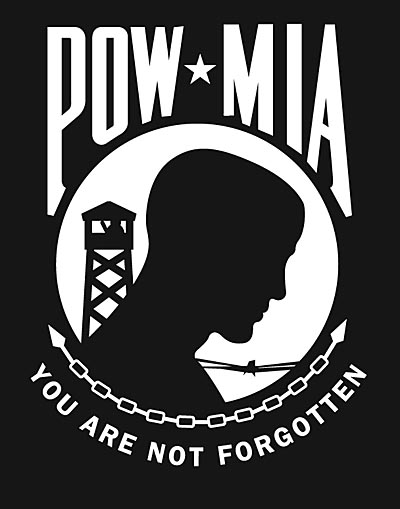






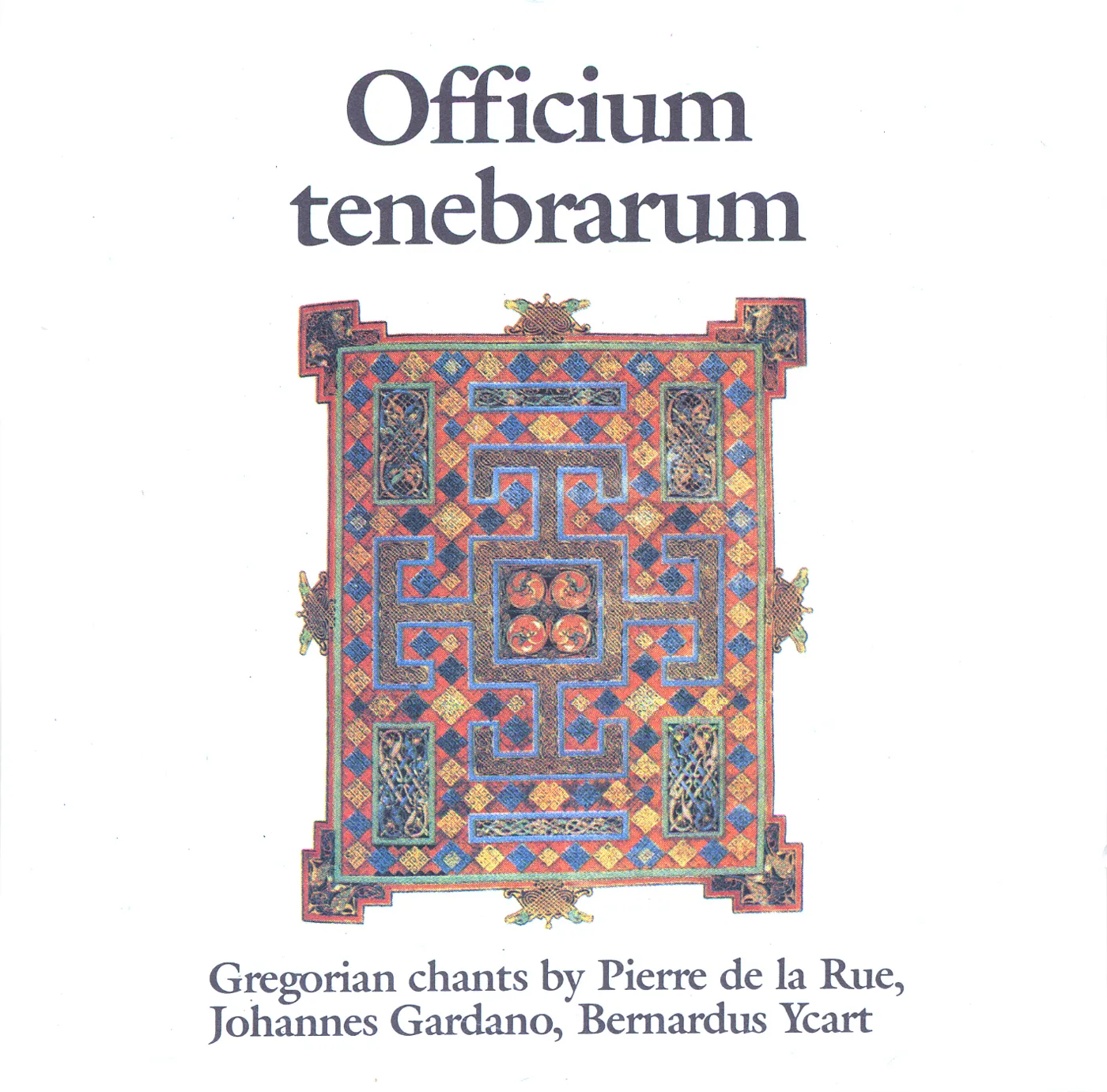





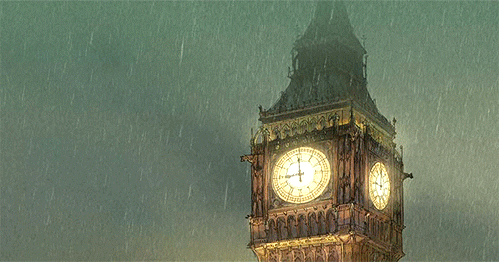



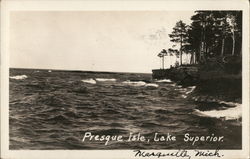

















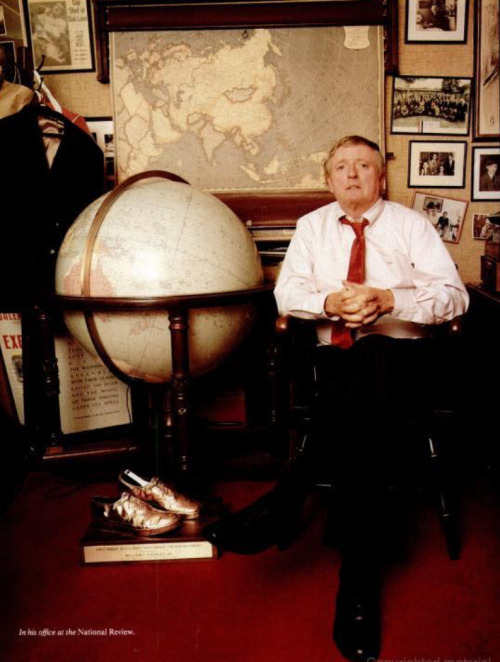
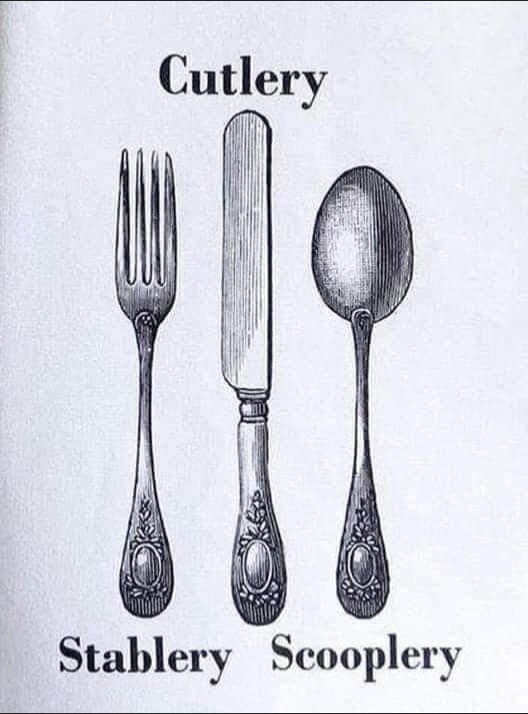
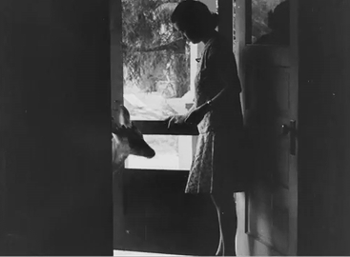





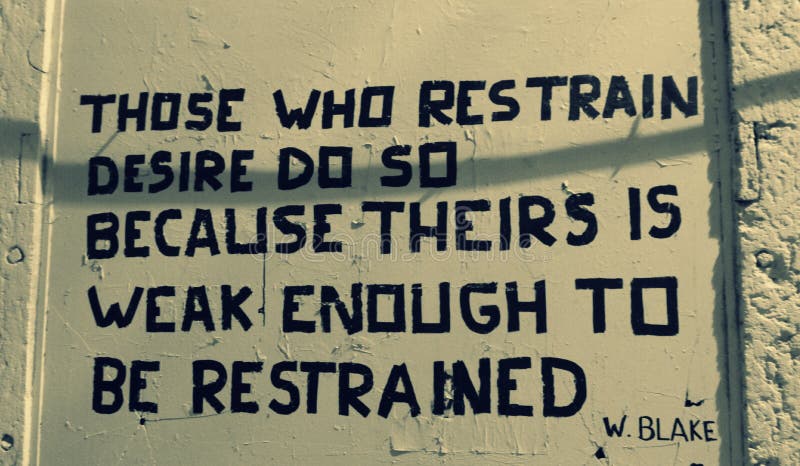







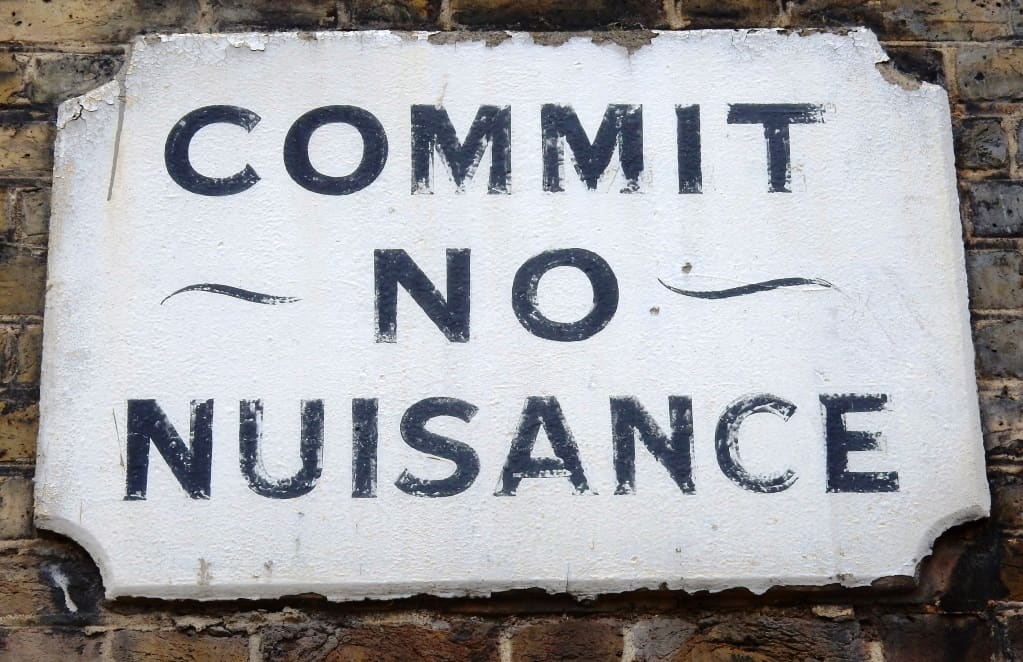

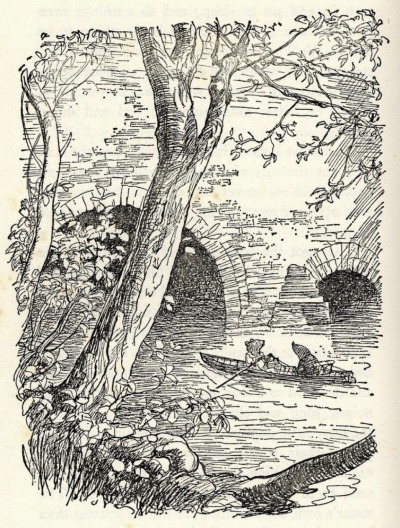
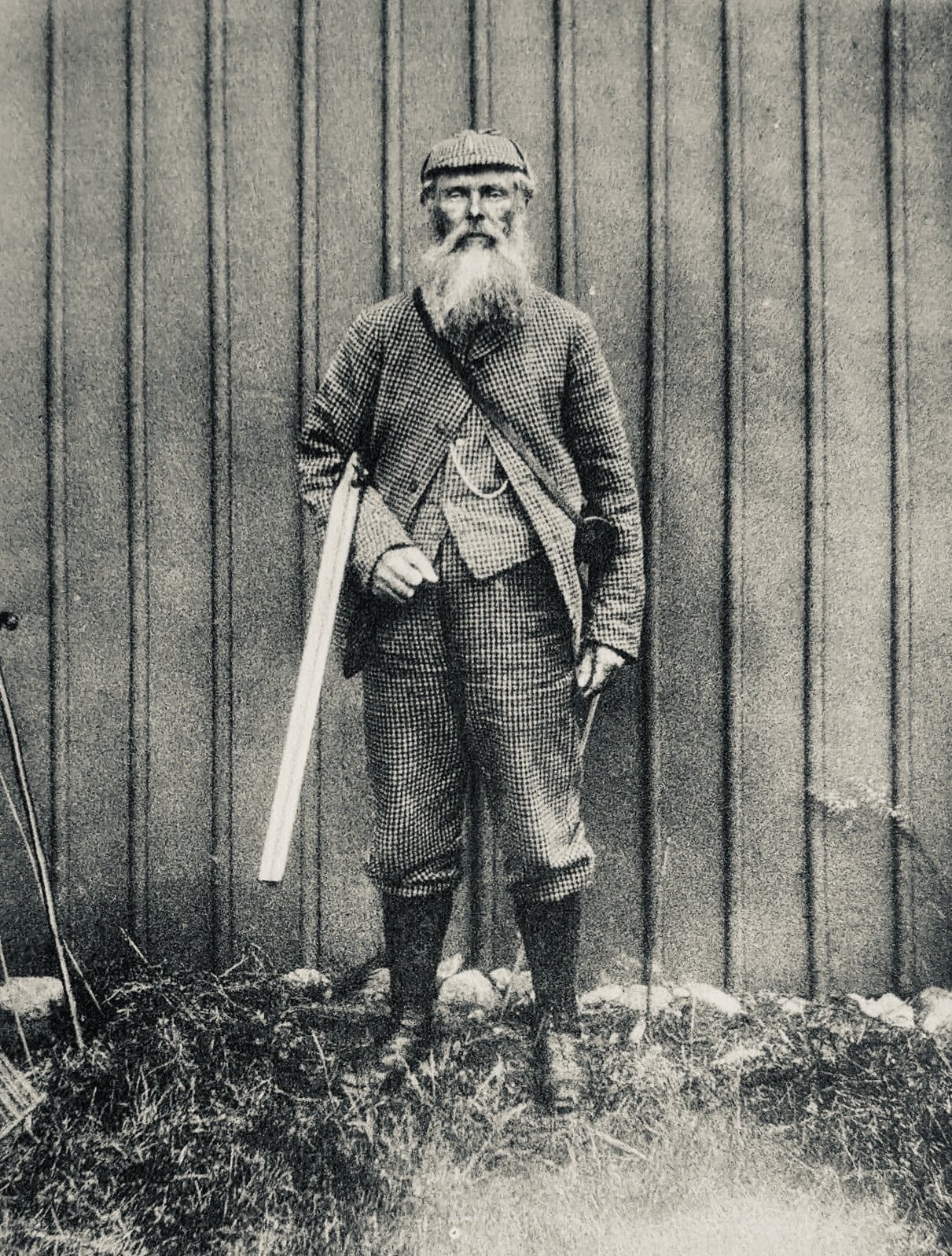




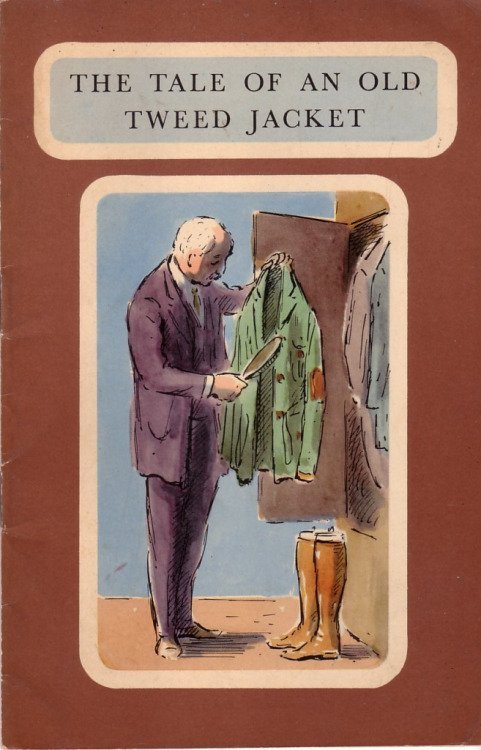











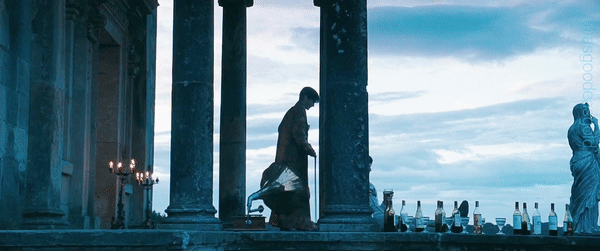
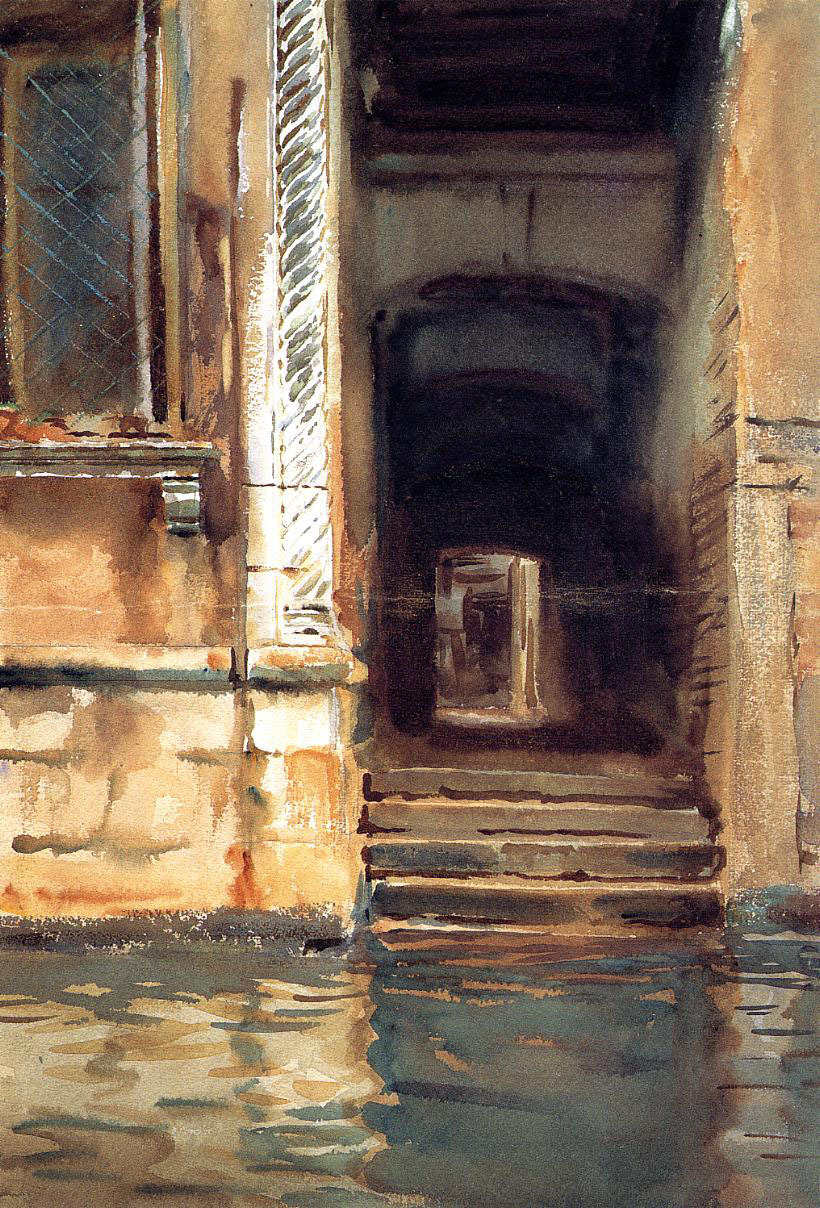

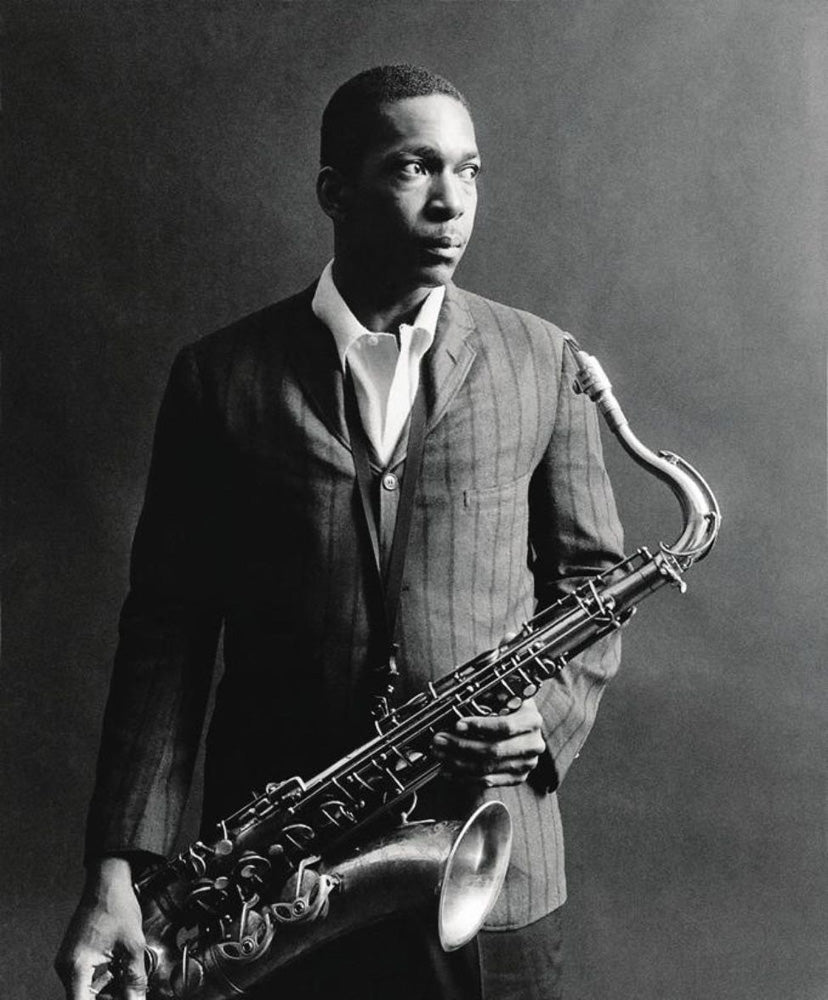








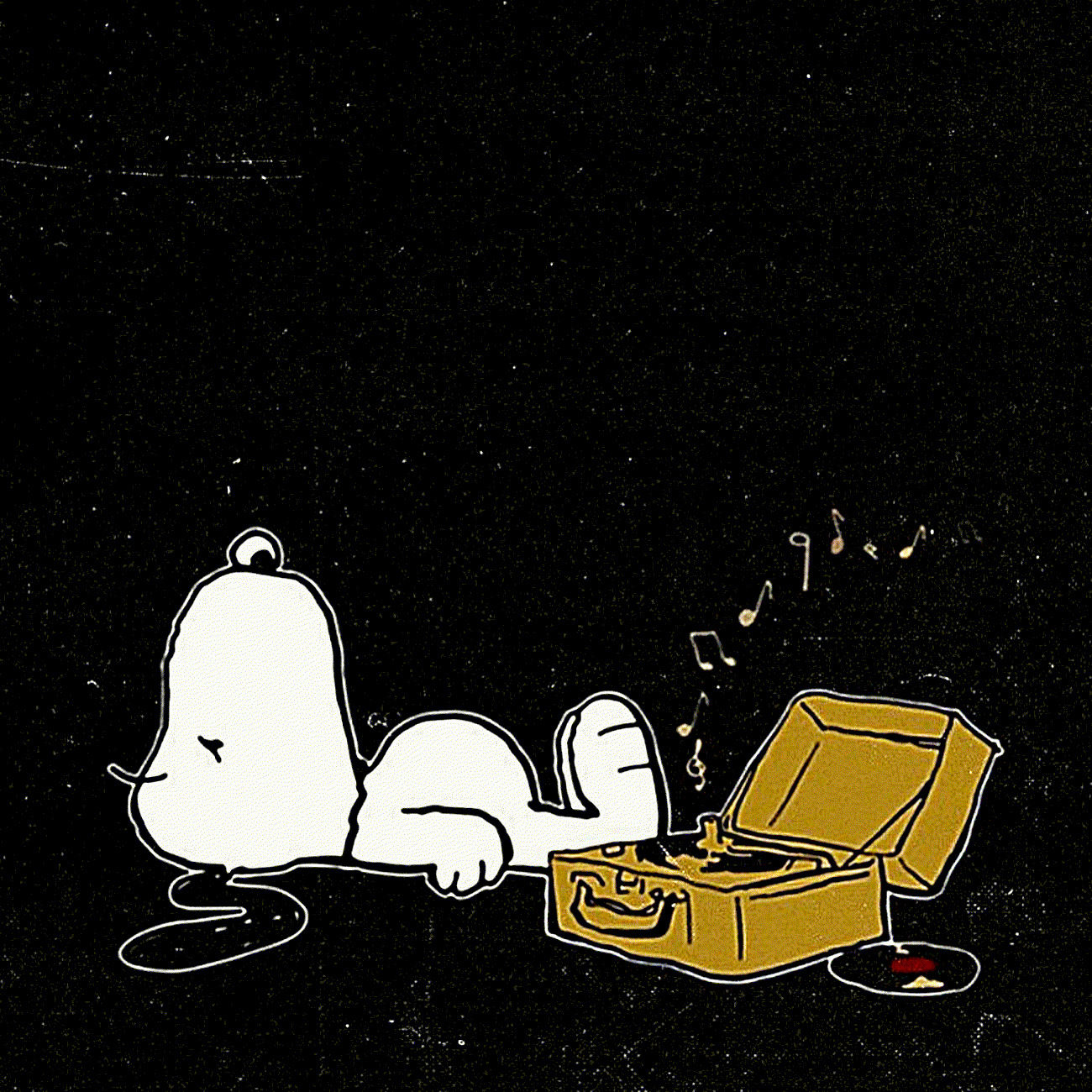

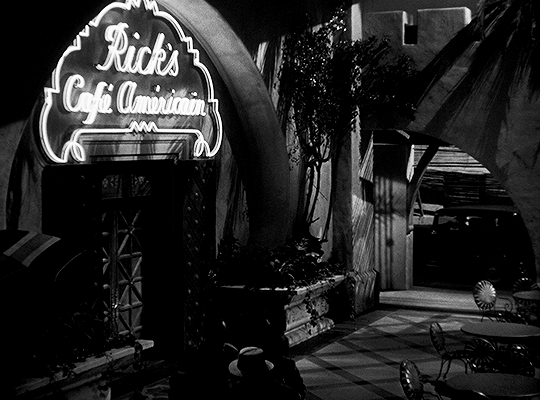




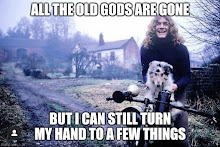
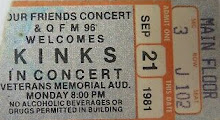















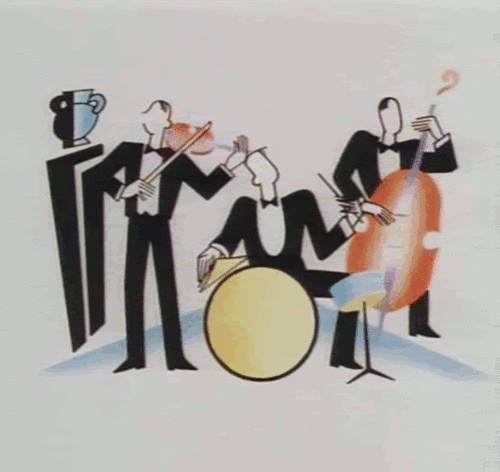









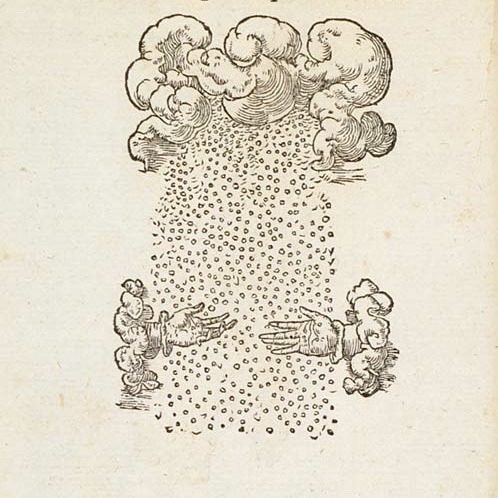


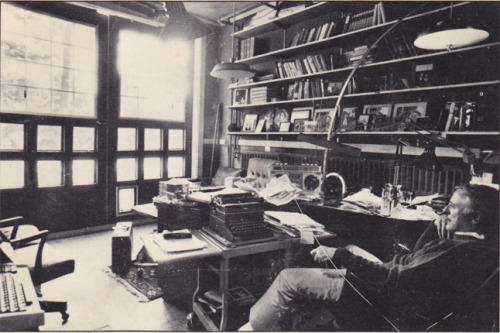
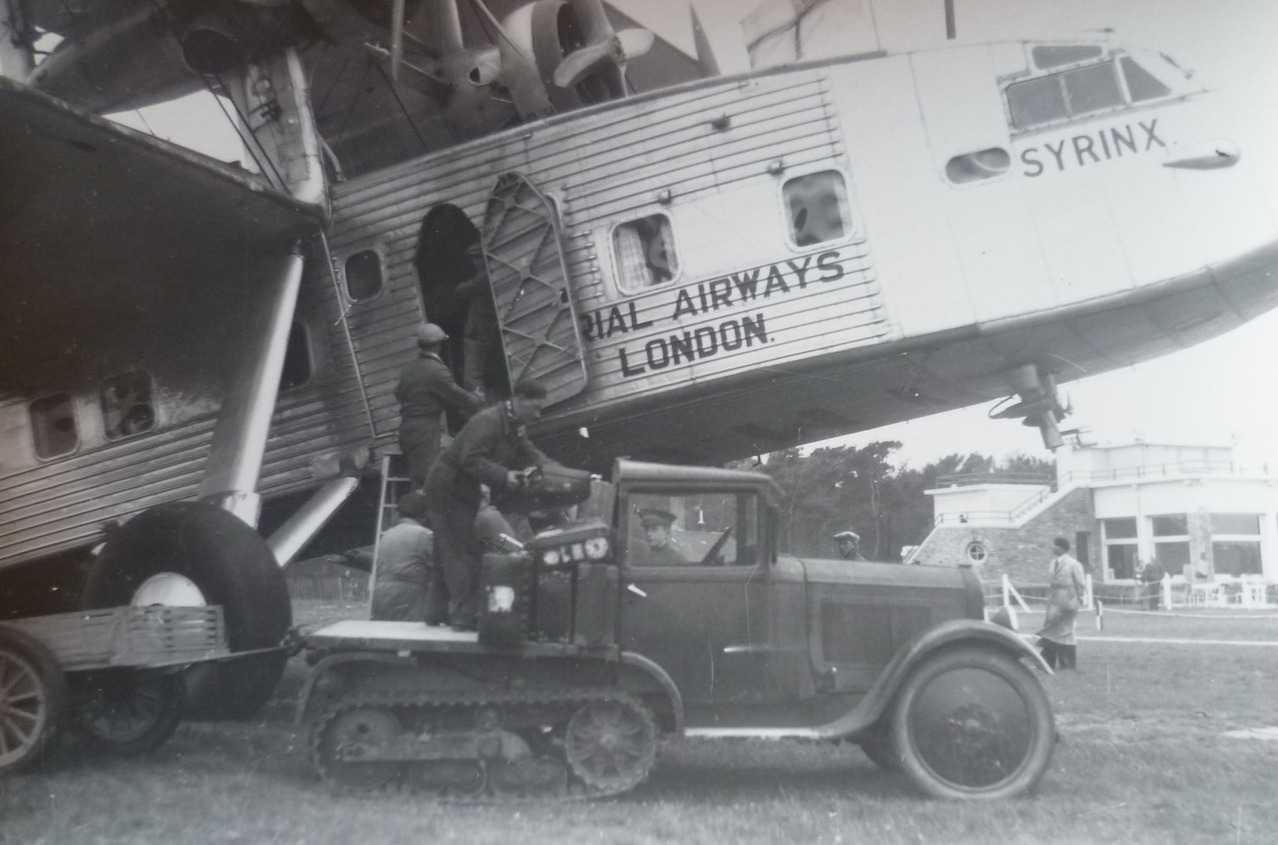

























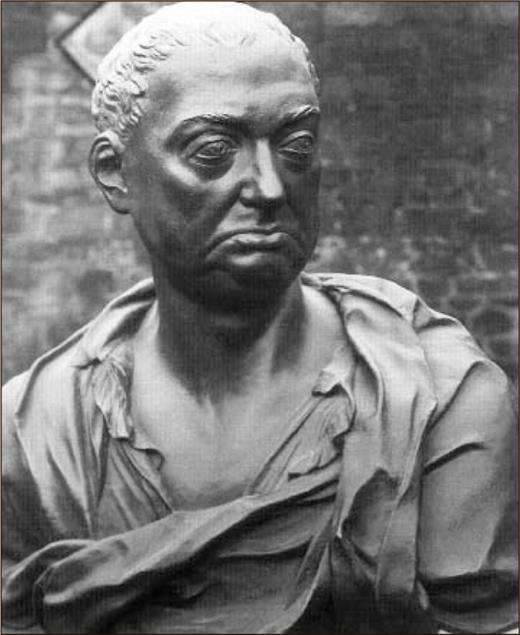












No comments:
Post a Comment